
AI is changing the way literary and artistic works are created and disseminated. In addition to opportunities in terms of tools, speed and public access, AI also poses challenges in terms of copyright, professional ethics and the role of humans in creativity - core elements of building a responsible, human-centered creative culture.
In 2016, the novel “The Day a Computer Writes a Novel,” written by a group of AI program developers, won the first round of the Hoshi Shinichi National Literary Award in Japan, attracting great public attention. Although it did not win the award, the fact that AI participated in the writing as a “co-author” raised many concerns: Can AI replace the role of the author in the future?
In recent years, AI has increasingly entered the field of literature and art in the world and in Vietnam. In 2022, in the US, Jason Allen (Colorado) won first prize in a digital painting contest worth 300 USD with a work created by AI software Midjourney.
In Vietnam, AI has played the female lead role in the movie “Closing the Order” (directed by Bao Nhan, Nam Cito, released on August 8) and previously participated in the soundtrack of the movie “Quy Nhap Trang” (directed by Pom Nguyen, producer Nhat Trung). Despite many mixed opinions, the presence of AI in artistic creation is an undeniable trend.
Artificial intelligence is present as a "powerful partner", opening up many opportunities but also posing many challenges for the creative community. At the discussion "Copyright and sustainable development of the digital content creation industry", Mr. Hoang Dinh Chung, Director of the Digital Copyright Center (Vietnam Digital Communications Association), warned of 8 forms of copyright infringement that are increasing rapidly in the digital environment: Appropriation, impersonation of authors; publishing fake works; distributing works and copies without consent; editing, cutting, distorting; copying; making derivative works; using works without paying royalties. These violations are not new but are becoming more sophisticated and difficult to control in cyberspace, especially with the support of AI.
Many Vietnamese artists are being affected by AI imitating and replicating creative styles. In fine arts, the styles of famous artists are being imitated to the point that collectors find it difficult to distinguish between real and fake. Photography also faces risks when AI can create images with just a command, without using a recording device. With music , AI recreates the voices and harmonies of famous artists, creating new-sounding but not really new arrangements. In literature and publishing, this phenomenon is becoming more and more common, from personal entertainment to commercial products. AI "learning" and replicating without acknowledging the source can easily lead to the assimilation of creative identity, blurring personal marks, and threatening the diversity of the digital cultural ecosystem.
Not only in Vietnam, but the global creative and artistic industries are being swept away by the AI whirlwind with an unanswered question: Who is the real author of an AI-supported work? Clause 2, Article 4 of the current Intellectual Property Law stipulates: “Copyright is the right of an organization or individual to a work they create or own”. This shows that the current law only recognizes humans as copyright holders, so it is necessary to develop criteria for assessing the author’s contribution to an AI work and a copyright registration mechanism.
The rampant copyright infringement is not only a legal issue but also leaves serious consequences. First of all, it directly harms artists, erodes their emotions and creative motivation when their works are copied and used without permission. Next is the economic loss for content production units. A report by the Vietnam Center for Music Copyright Protection (VCPMC) shows that every year thousands of music tracks are exploited without permission on social networks, but very few units pay royalties. In the long term, this situation distorts the market, creates a habit of "freeloading", and disregards intellectual property rights. More dangerously, if there is a lack of an effective control mechanism, Vietnam risks becoming a "copyright valley", making it difficult to attract international creative projects and reducing cultural competitiveness in the global market.
“It is no coincidence that works that remain in the hearts of the public are all associated with the values of truth, goodness, and beauty… These are values that cannot be programmed, but only artists with their full lives, responsibility, and even sacrifice can bring them. AI cannot breathe soul into works, that depth forever belongs to humans. In a turbulent environment, creators need to maintain a solid foundation and professional self-respect.”
Associate Professor, Dr. Do Hong Quan,
President of Vietnam Union of Literature and Arts Associations
While not denying the role of AI, many artists emphasize the need to build a transparent legal framework and behave civilly when using this technology. Artistic creation requires life experience, personal emotions and unique perspectives - factors that create sublimation that AI cannot replace.
Associate Professor, Dr. Do Hong Quan, Chairman of the Vietnam Union of Literature and Arts Associations, affirmed: “It is not by chance that the works that remain in the hearts of the public are all associated with the values of truth, goodness, and beauty… These are values that cannot be programmed, but only artists with their full lives, responsibility, and even sacrifice can bring them. AI cannot breathe soul into a work, that depth forever belongs to humans. In a turbulent environment, creators need to maintain a solid foundation and professional self-respect.”
According to experts, technology is just a tool, the deciding factor is the purpose and motivation of people. Accordingly, it is necessary to take advantage of the role and applicability of technological solutions such as blockchain, watermark, fingerprint... to identify content, trace the origin, and identify original works. At the same time, it is necessary to build a centralized database of digital copyrights, connected to major technology platforms to ensure synchronization and effective retrieval.
In addition to technical measures, building a culture of behavior and transparent thinking in the creation and consumption of artistic products is extremely necessary. Agencies and units such as publishers, film studios, recording companies, magazines or digital platforms must have clear policies, requiring verification of the origin before publishing works. At the same time, propaganda and education on responsible creative culture need to be integrated into the curriculum, from primary school to art schools. When the public has a full understanding of copyright and appreciates the origin of creativity, they will become a natural filter, contributing to the formation of a transparent, fair and sustainable art market.
For artists, creative subjects, it is necessary to proactively equip themselves with legal knowledge related to copyright as well as participate in copyright management and exploitation organizations. Each artist also needs to learn and apply technological tools to identify and prevent illegal copying. Above all, the core is to maintain professional integrity and responsibility: Honesty in creation, clarity about the origin of works. This is not only an action to protect each individual but also contributes to building a transparent, fair and humane cultural industry, at the same time creating a rich digital cultural platform, contributing to enhancing global competitiveness in the field of literature and art.
Source: https://nhandan.vn/kien-tao-nen-tang-van-hoa-so-post903303.html



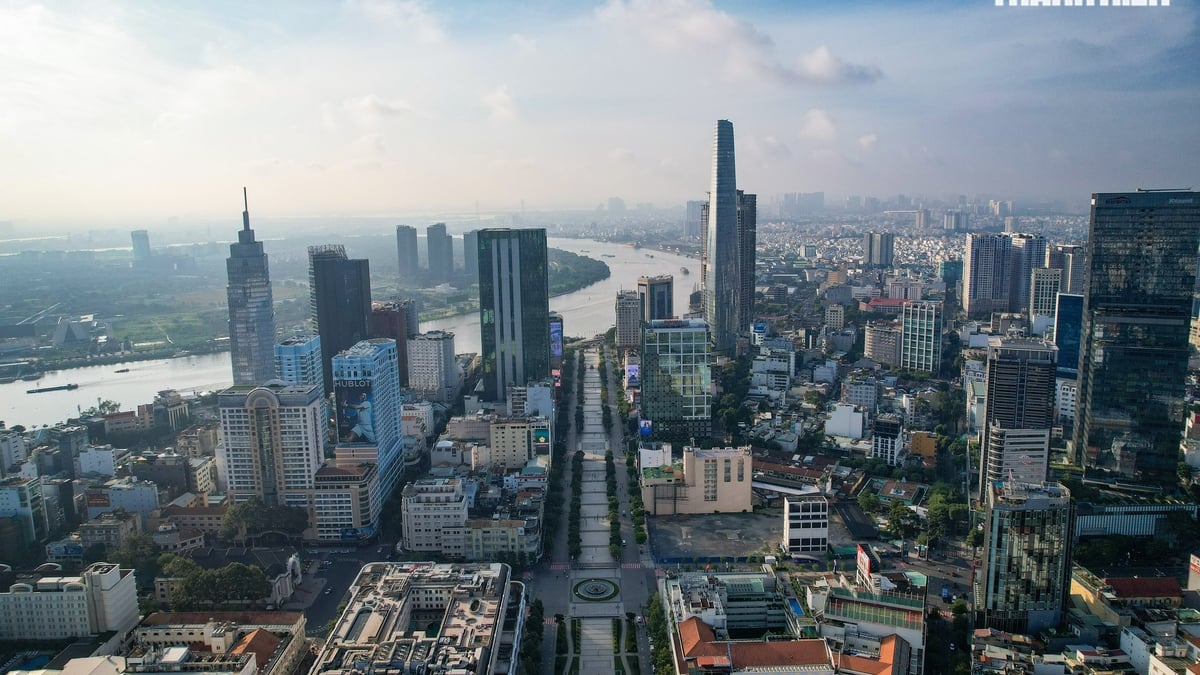
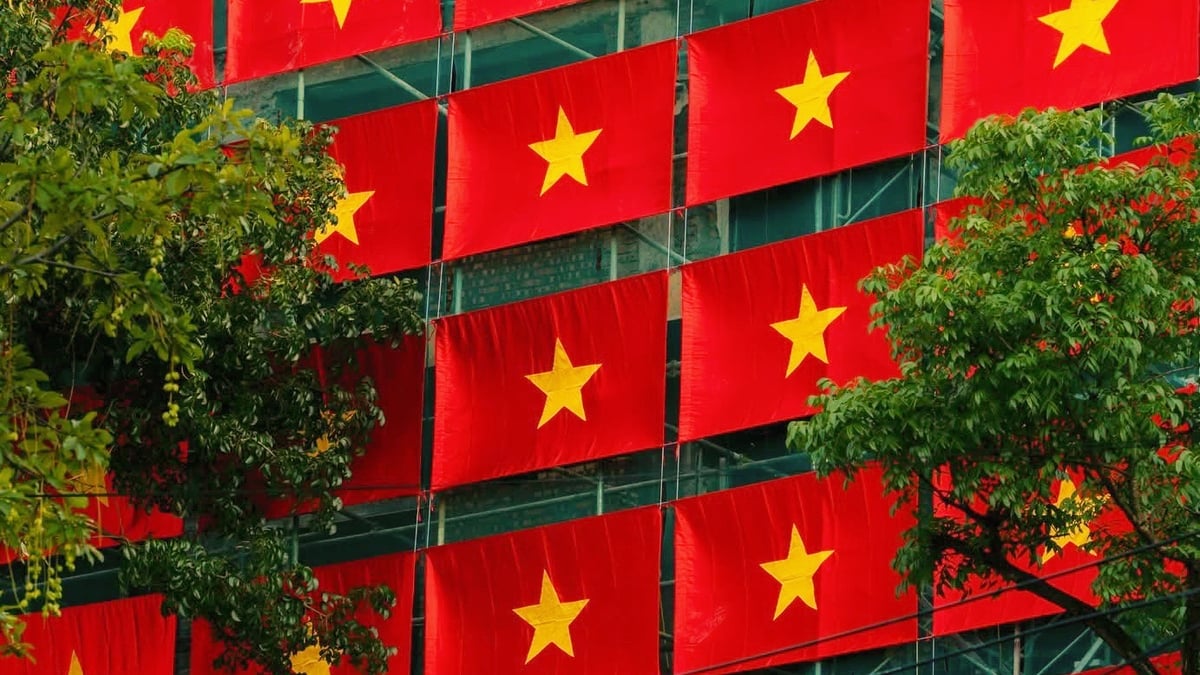
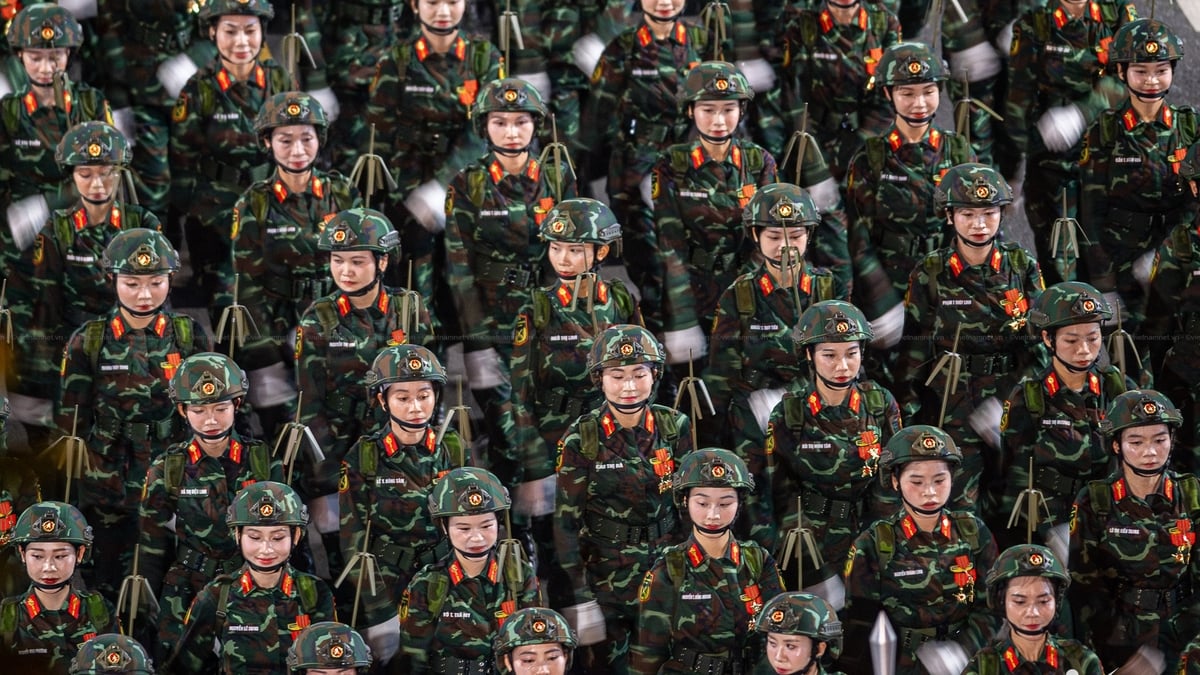

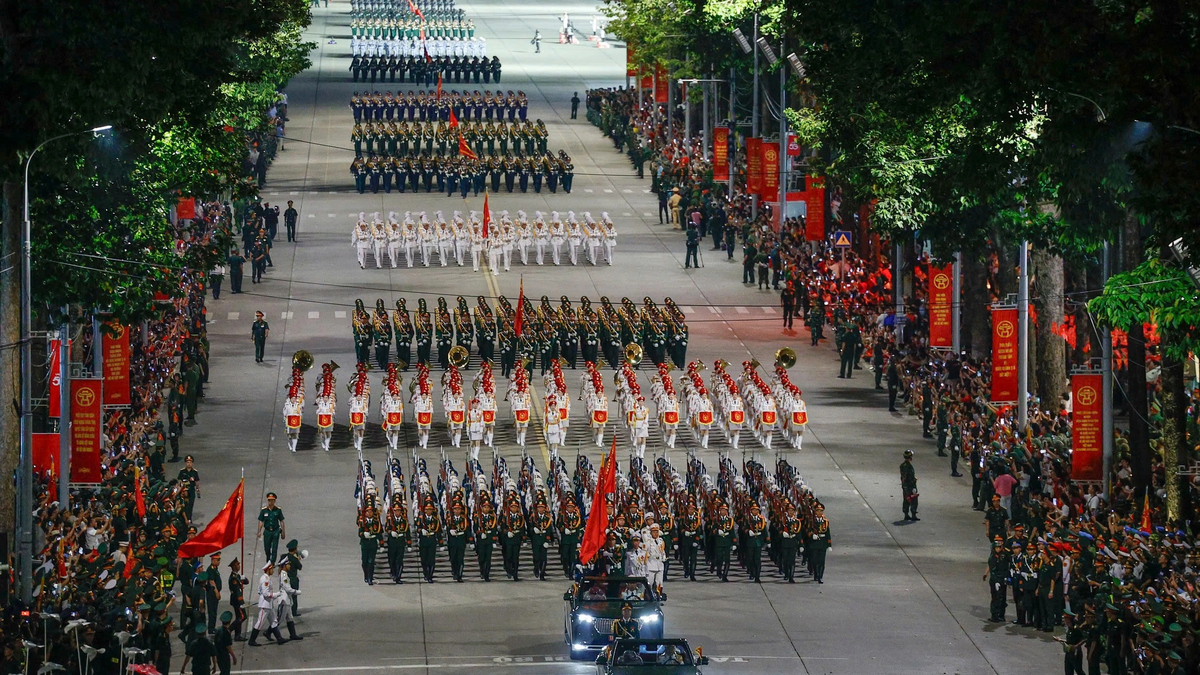
![[Photo] General Secretary To Lam attends the 80th anniversary of Vietnam's diplomacy](https://vphoto.vietnam.vn/thumb/1200x675/vietnam/resource/IMAGE/2025/8/25/3dc715efdbf74937b6fe8072bac5cb30)
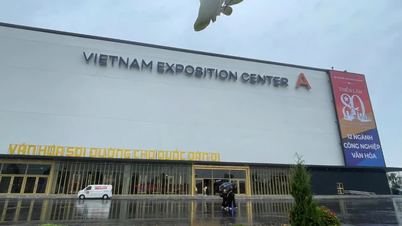
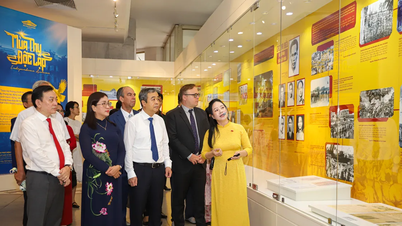

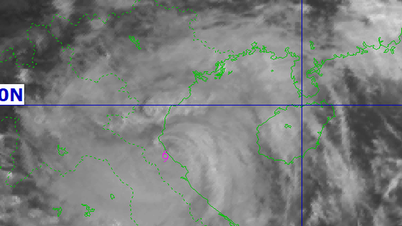

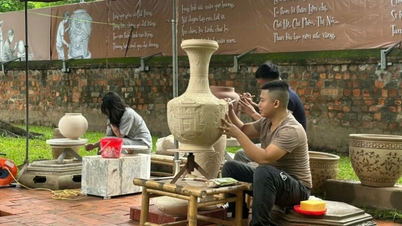
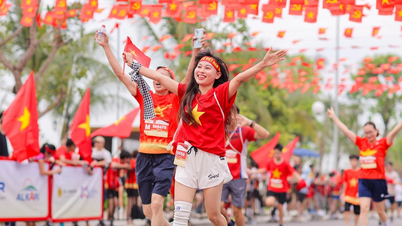
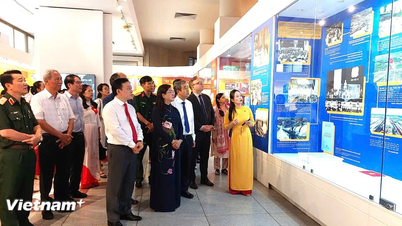





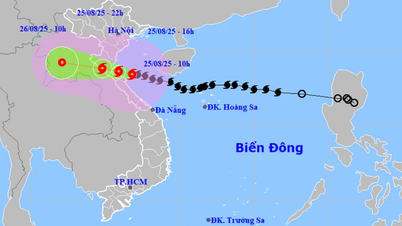
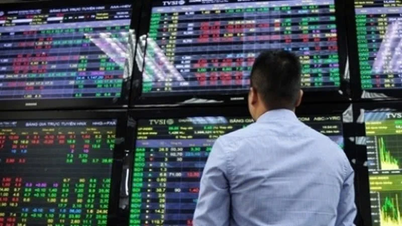
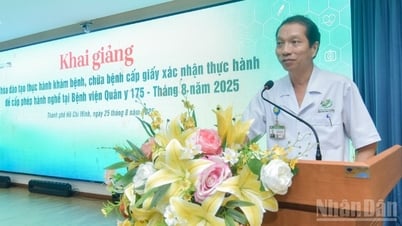
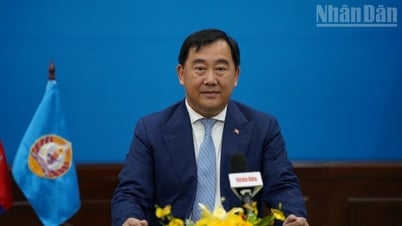
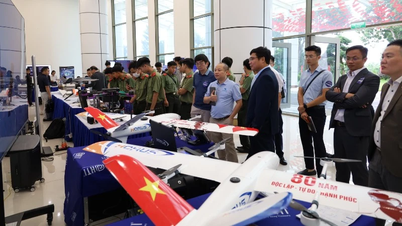
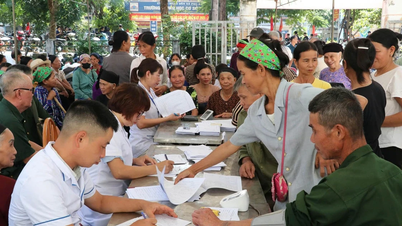

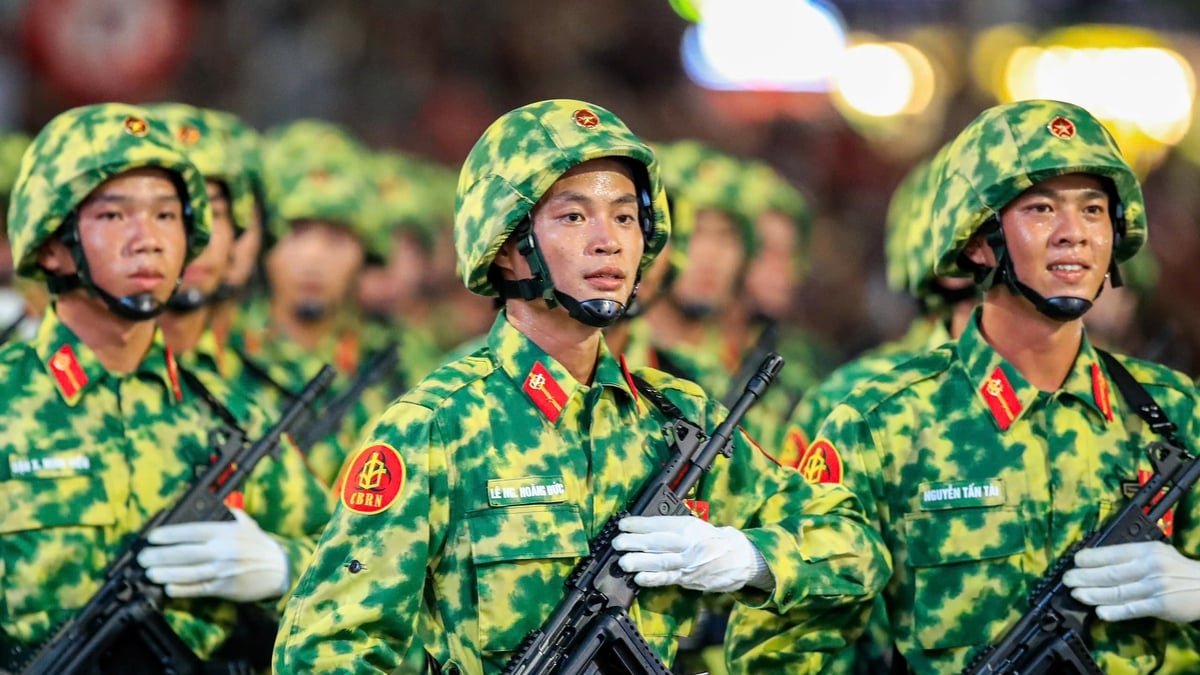




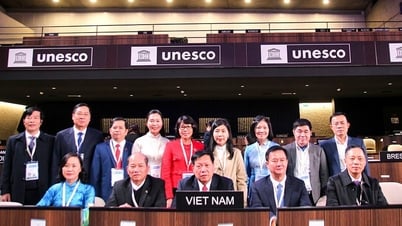

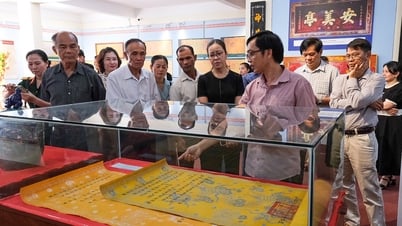

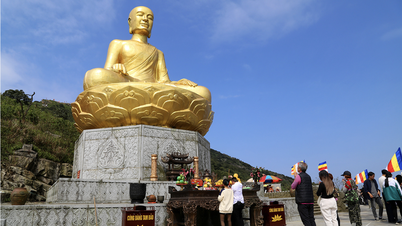

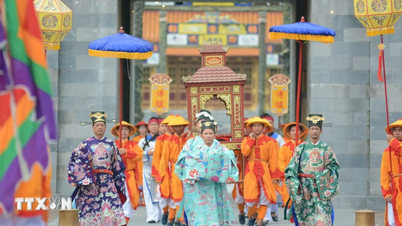
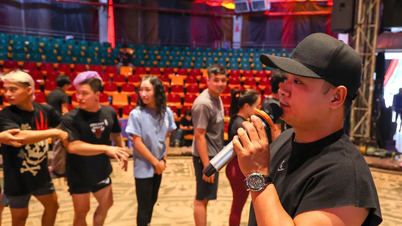
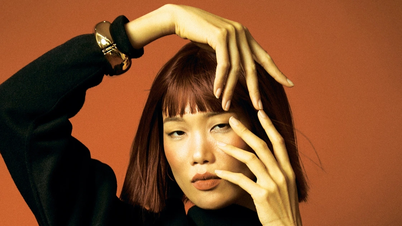

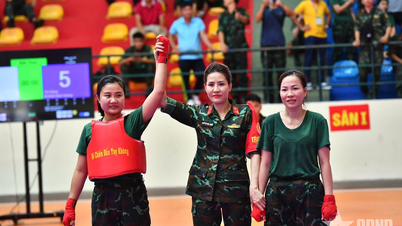

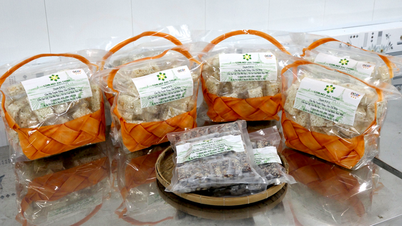


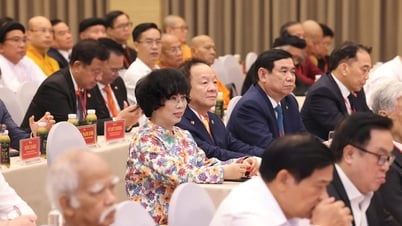




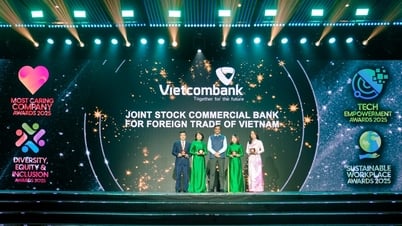
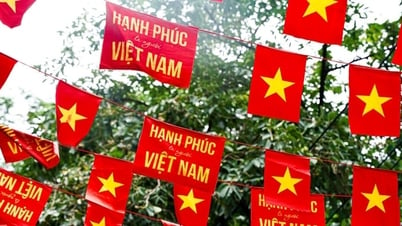

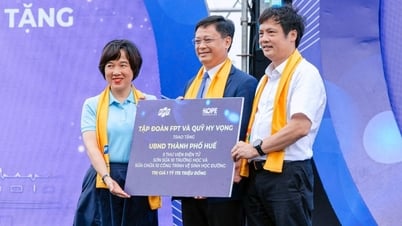

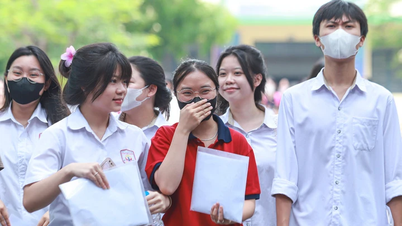


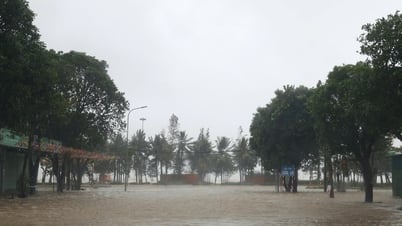

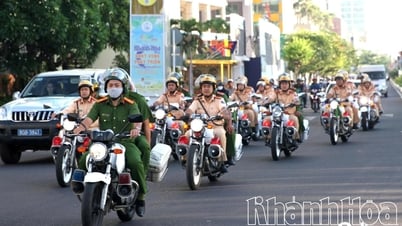

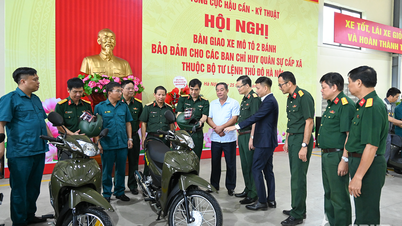

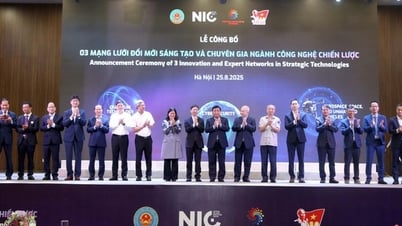

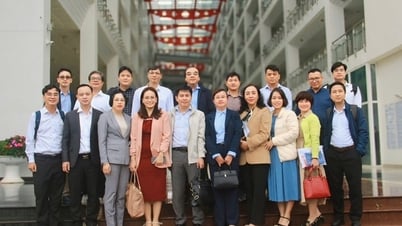
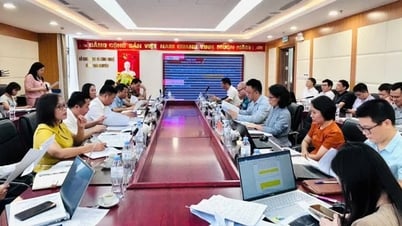
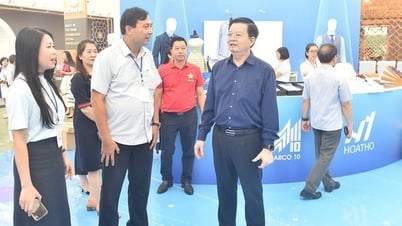

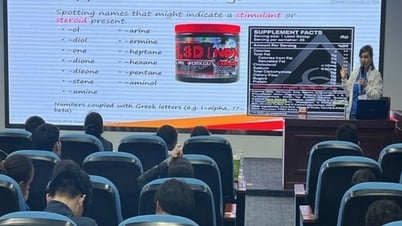

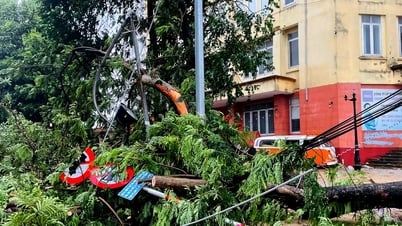
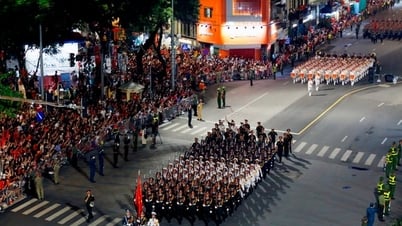
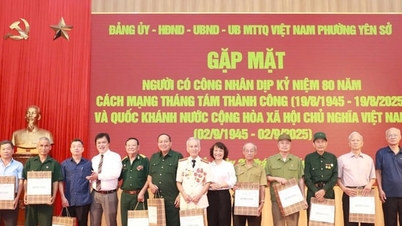
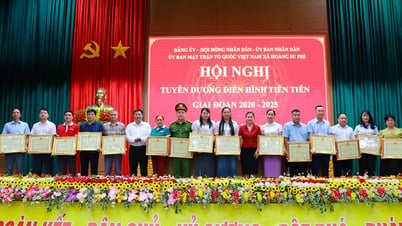



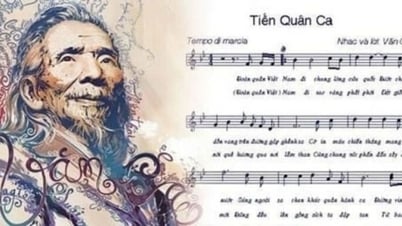








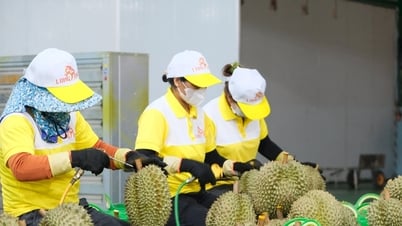



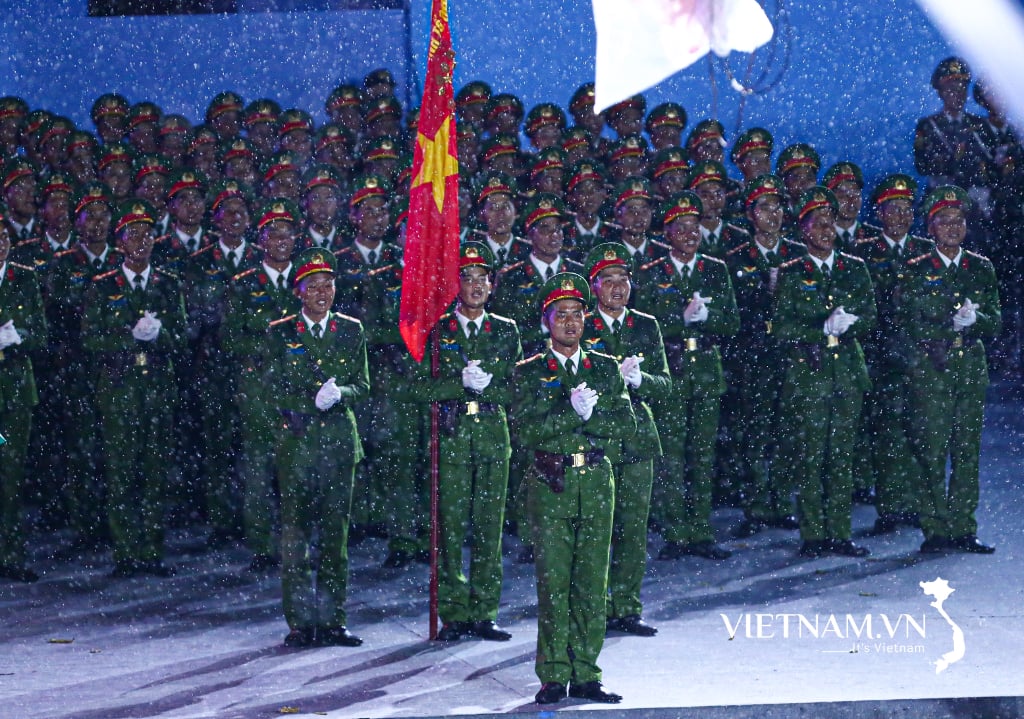

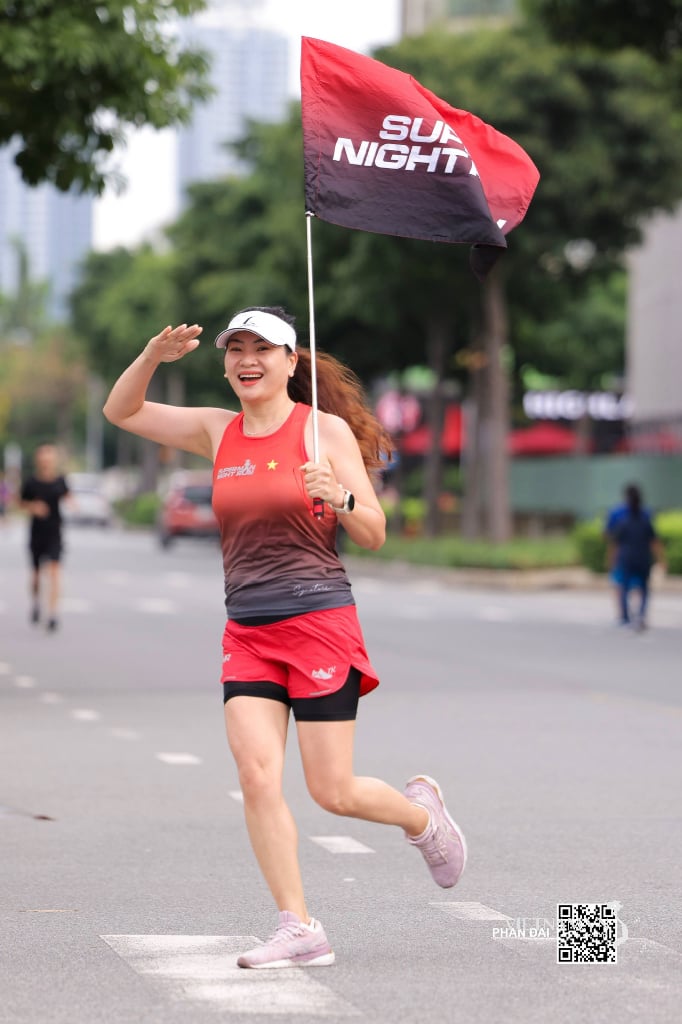
Comment (0)